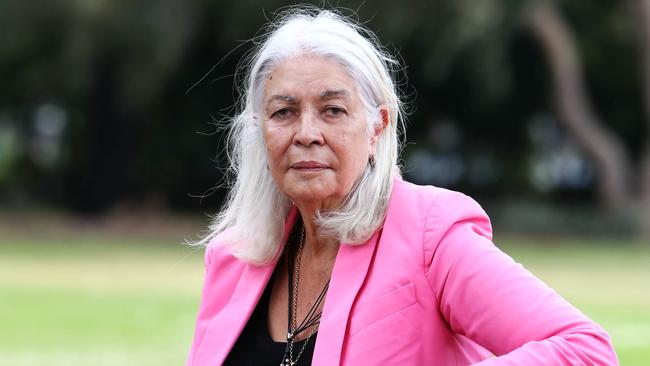Behaviour programs no good for Indigenous offenders with acquired brain injuries: Langton
Up to nine in 10 Indigenous perpetrators of family violence may have an acquired brain injury, but the justice system has failed to adapt, Marcia Langton warns

At least half of Indigenous perpetrators of family violence – potentially up to nine in 10 – may have an acquired brain injury but the justice system is putting them in programs unsuitable for their condition, warns a study co-led by Marcia Langton.
A new paper from Professor Langton and Kristen Smith says alcohol-related harm – either through foetal alcohol spectrum disorder from birth; trauma and violence experienced within families while growing up; or alcohol abuse as an adult – is leaving a dangerously high proportion of Indigenous people with acquired brain injuries.
They warned it would take at least a generation to reduce the prevalence of alcohol-related brain injuries and, even then, only if more effective drug and alcohol programs than those offered now are introduced.
The researchers’ findings, to be presented to the National Brain Injury conference in Sydney this week, examined family violence in Indigenous communities in the East Kimberley, Mildura and Albury-Wodonga regions. It concludes that acquired brain injuries are a significant contributing factor both for perpetrators and victims.
Reducing family violence in Indigenous communities will require a fundamental rethink of the support services offered to male perpetrators of violence, moving from a behaviour-control approach to an NDIS-style wraparound of health services, their findings say.
The paper from Professor Langton and Dr Smith – both anthropologists at the University of Melbourne – said: “Aboriginal and Torres Strait Islander people with a brain injury are more likely to be targeted by perpetrators of family violence and … brain injury increases the risk of perpetration of family violence.”
The researchers say interviews with perpetrators, victims, community elders and case workers revealed that, while about 50 per cent of perpetrators of family violence had been diagnosed with an acquired brain injury, many more were likely to be undiagnosed due to a lack of support and services.
“Studies have shown that nine in 10 of those in a juvenile detention centre in Perth have a neurodevelopmental impairment, including a third with FASD,” said Dr Smith, research director of the Indigenous Studies Unit at the Melbourne School of Global and Population Health.
“When we spoke with case workers in Mildura and Albury-Wodonga working directly with Aboriginal male perpetrators of violence, they said upwards of 50 per cent of clients had been diagnosed with some form of ABI and there were potentially far more who had not been screened or diagnosed,” she said.
“One caseworker said he suspected around 90 per cent of his clients who are perpetrators of family violence would have an ABI of one sort or another.”
The National Agreement on Closing the Gap includes reducing the risk of violence for Aboriginal and Torres Strait Islander families and households as a national priority.
Professor Langton, foundation chair of Australian Indigenous studies at the University of Melbourne, warned that, given the neurological condition of the majority of perpetrators, current justice practices were out of step with harm-minimisation outcomes. “There’s very little evidence that any of the men’s behavioural change programs, which is the stock standard thing provided for men who perpetrate family violence, is effective,” she said. “On top of that, if up to 90 per cent of these Indigenous men have an ABI, there is no way that sitting in a behaviour change group is going to help them.”
While Professor Langton said there was an unfortunate lack of evidence to understand what supports would best help perpetrators with an acquired brain injury, some form of wraparound health service was required.
“They need to be treated rather like an NDIS client, with a person who provides a range of services to get them the right kind of medical support,” she said.
“That might be possible in the big cities, but it’s not realistically going to happen in a small rural town or a remote community.”
Given FASD is a significant component of acquired brain injuries among Indigenous males, Dr Smith said better alcohol programs were a critical component of a longer-term preventative approach, but she was pessimistic about the political will.
Professor Langton said she was wary of the issue being racialised, because alcohol abuse and resultant acquired brain injuries in Australia were not confined to Indigenous communities.







To join the conversation, please log in. Don't have an account? Register
Join the conversation, you are commenting as Logout